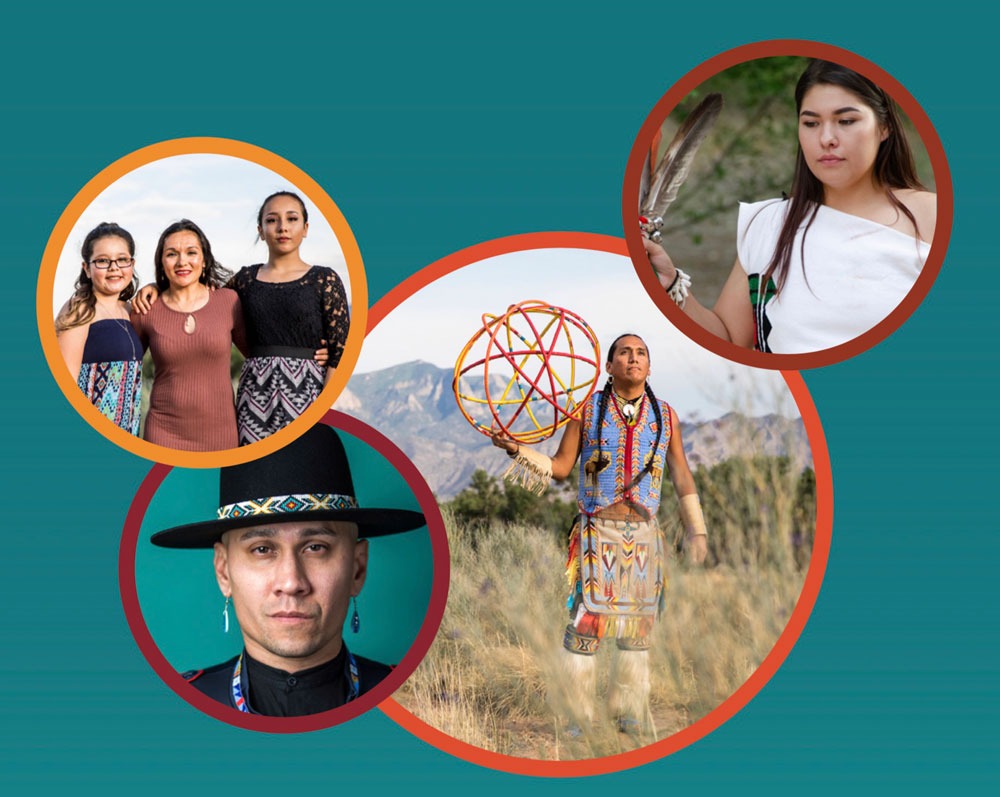
Native Americans in Philanthropy, which turns 30 this year, has partnered with Candid to publish a new report.
Nonprofit Quarterly
Steve Dubb
September 16, 2019
Native Americans in Philanthropy (NAP), which turns 30 this year, has partnered with Candid to publish a new report. Titled Investing in Native Communities: Philanthropic Funding for Native American Communities and Causes, the report evaluates the state of the field, tracing giving patterns from 2002 to 2016. Additionally, a new dedicated website, hosted by Candid, provides supporting information. Five foundations–Bush, Henry Luce, Marguerite Casey, Robert Wood Johnson, and the Northwest Area Foundation–sponsored the report.
Among the core findings: 30 years ago, Native groups received 0.2 percent of all grants from the nation’s largest 1,000 foundations. Today, they get 0.4 percent. This is better, but far from adequate. Census figures show that 2.09 percent of the US population or 6.8 million people are American Indian or Alaskan native. (In addition, Native Hawaiians number 56,000.)
In short, Native Americans would get five times more in philanthropic support if they received grants in proportion to their numbers. Among the report’s findings are the following:
- -“From 2002 to 2016, large U.S. foundations gave, on average, 0.4 percent of total annual funding to Native American communities and causes.”
- -“Funding for Native communities and causes significantly dropped following the recession. Although grant dollars increased slowly afterwards, giving in 2015 and 2016, adjusted for inflation, was at roughly the same level as in 2006.”
- -“Twenty percent of large foundations give to Native communities and causes. Even among this specific group, most only give one or two grants.”
- -“The majority of grant dollars are for program support (56 percent); only 15 percent goes to general operating support.”
In the report’s foreword, Edgar Villanueva (Lumbee), who chairs the NAP board, writes, ” Too much of our story remains invisible–to policymakers, to mainstream culture, and to philanthropy. This has resulted in historical underfunding from the philanthropic sector . . . as well as instability in year-over-year funding levels. With only 20 percent of large foundations giving to Native communities and causes–many of these intermittently–long-term relationship building between Native communities and the philanthropic sector becomes incredibly challenging.”
Using a Candid database that looks beyond the top thousand foundations, the report identifies $208.4 million in grants specifically for Native Americans in 2015 and 2016. If you add in grants where Native Americans are listed as being among the beneficiaries, that figure climbs to $493.8 million.
If you count back to 2006, the total value of grants has been $2.2 billion, divided among 3,863 organizations. That works out to $570,000 per organization over the course of a decade–and, since the number of grants is 10 times as high, about $57,000 per grant.
Because of data reporting issues, philanthropy within Indian Country, often supported by gaming revenues, is not included in these numbers. The report does give some anecdotes. For example, in Minnesota, since the 1990s, the Shakopee Mdewakanton Sioux Community “has donated more than $350 million to both Native and non-Native nonprofits, health care facilities, and local governments.”
But tribal philanthropy does not suffice to make up for the overall shortfall. Over the last decade, the gap in support between what Native American groups receive and what they would be getting if grants were proportional to their numbers is greater than $8 billion.
While the report provides numbers and a detailed timeline of the history of colonialism and genocide that Native Americans have faced, overall, the report offers an optimistic take on the possibility for change. Recent years have seen protests by the Standing Rock Sioux, whose opposition to the Dakota Access Pipeline helped break through the invisibility Villanueva describes. In 2018 the governor of Alaska offered an official apology to Alaskan Natives for “historical wrongs” committed by the state against Native peoples. This year, the governor of California issued an apology for the state’s history of violence against Native Americans, explicitly calling it genocide.
Within philanthropy, too, the report sees “signs that the sector is changing. Conversations are taking place about how inequities are perpetuated throughout philanthropy.” Vilanueva, in the report forward, writes that, “Our current story is also one of resilience and opportunity–and powerful Native-led work that is building community, increasing power and leadership, and preserving our cultures. The world is now looking to our communities for solutions and leadership across sectors–from environmental conservation to innovative entrepreneurship to cultural preservation. Even the field of philanthropy, which is grappling with issues of diversity, equity and inclusion, is looking to us for ways to better integrate these values into practice.”
Gabrielle Strong of Margaret A. Cargill Philanthropies notes that, “Philanthropic support of Indian Country is vital. We hope to see a real shift in the level of giving. And there are many opportunities to address the pervasive socio-economic and health disparities while supporting Native community assets and resiliency.”
Read the full article at Nonprofit Quarterly.

